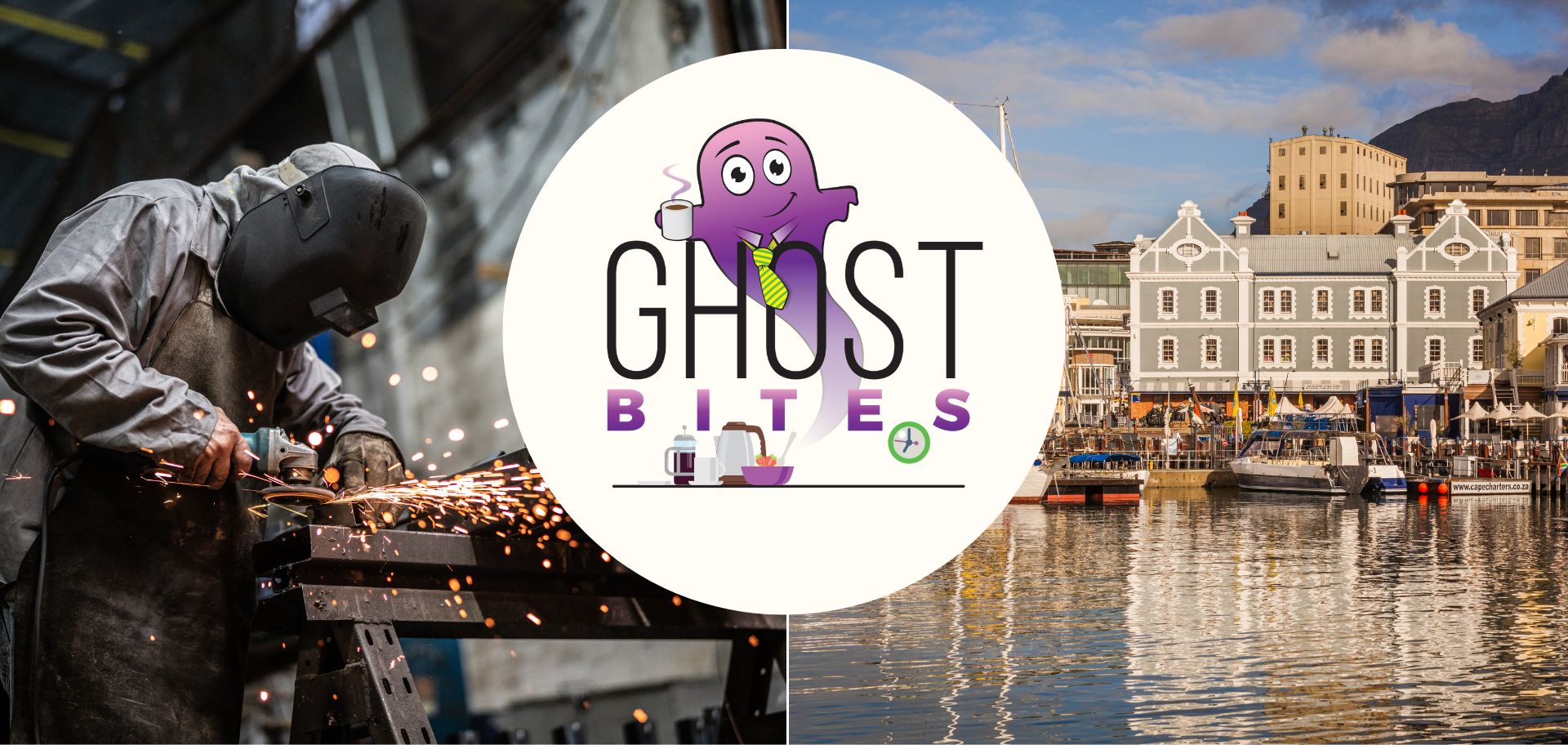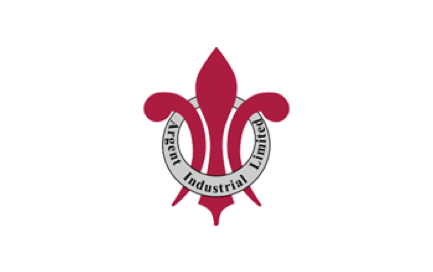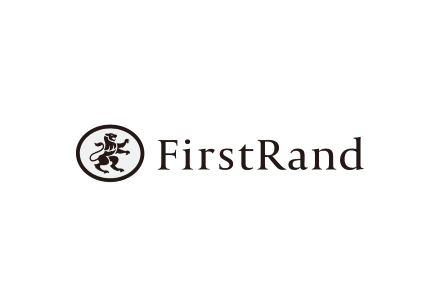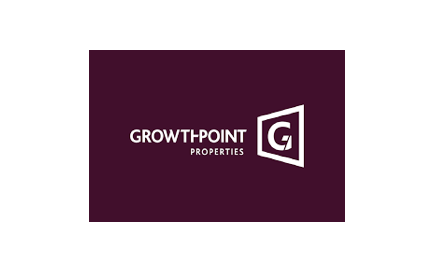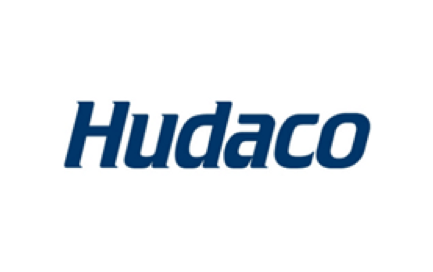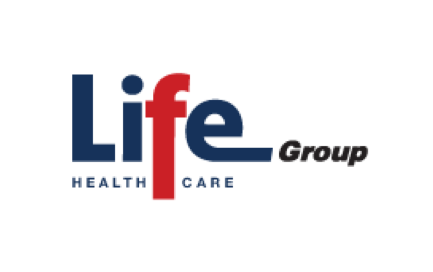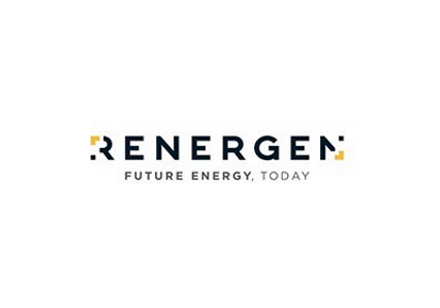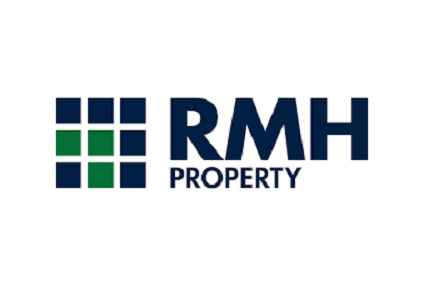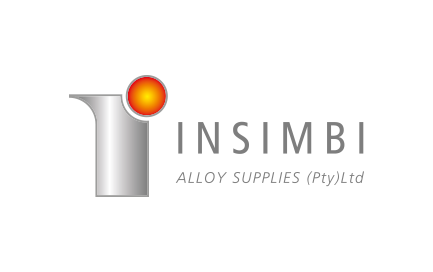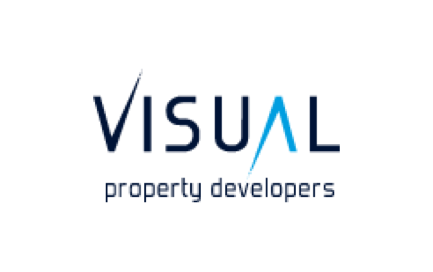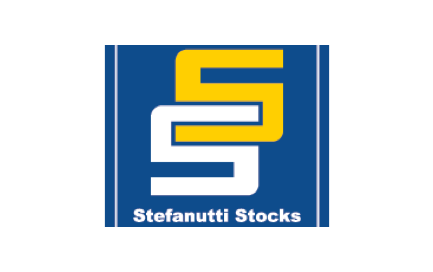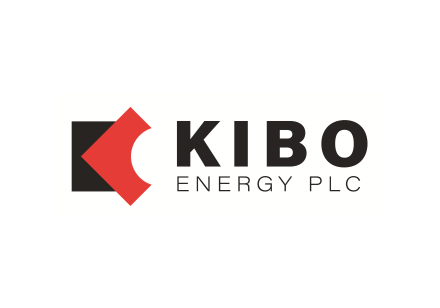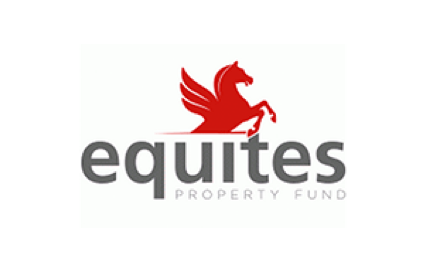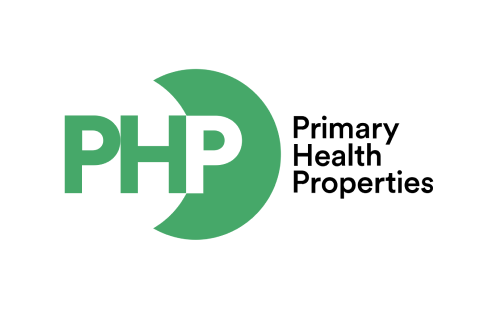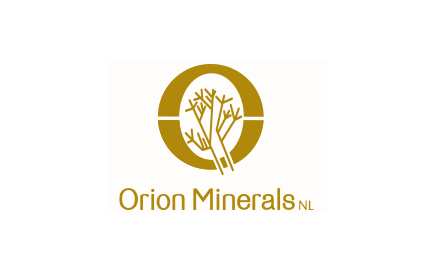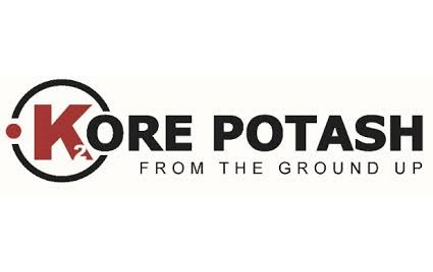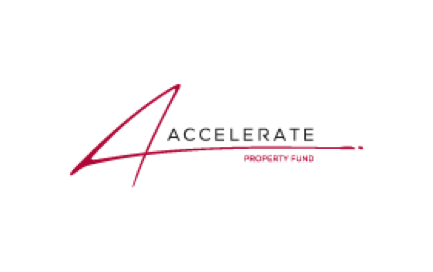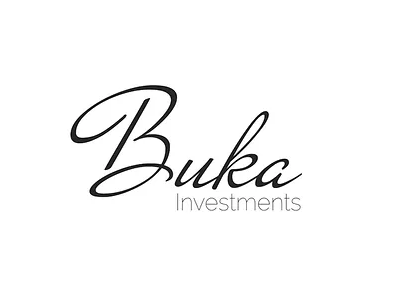Get the latest recap of JSE news in the Ghost Wrap podcast, brought to you by Mazars:
Argent ramps up its dividend payout ratio (JSE: ART)
Growth in earnings is far more modest than the growth in dividends
Argent Industrial has released results for the year ended March. They reflect revenue growth of 3.5% and EBITDA growth of 9.6%, which sounds like the start of a great story at HEPS level. Alas, HEPS was only up by 6.6%, so there was pressure below the EBITDA line. One of the major drivers was the increase in the UK’s corporate tax rate, driving a significantly higher effective tax rate at Argent and thus stunting post-tax growth vs. pre-tax growth.
Before we get to that, here’s another example on the local market of a dividend payout ratio moving higher. The dividends per share increased by 21.1% to 115 cents vs. HEPS only being 6.6% higher at 438.5 cents. When you have a modest payout ratio, you can do these things.
The HEPS story at Argent over the past two years has been most impressive. Despite revenue only increasing by 4.6% in total from 2022 to 2024, HEPS has jumped 29.3%!
The segmental report reveals that the magic is happening outside of South Africa. Profit before tax only increased by 2% in South Africa in this financial year, whereas the other regions saw profits increase by 27.8%. Argent is focusing its investment activities outside of South Africa, so read it in that context, but it’s still a stark difference.
FirstRand’s HEPS growth isn’t telling the full story (JSE: FSR)
An accounting provision in the UK has blunted the performance
FirstRand has released a voluntary trading statement for the year ending June 2024. It’s not as detailed as what we’ve seen from a couple of the other banks, with much of the focus on a particular provision in the UK that has hurt the earnings this year.
The overall theme is that earnings growth from core operations has been stronger than the guidance provided in February 2024, driven by a better-than-expected performance particularly in the UK. Non-interest revenue has always been a highlight in the FirstRand group (RMB is a powerful business) and this period was no different, setting FirstRand apart from some competitors who are struggling with this line of revenue.
Another important highlight is that the credit loss ratio is expected to be closer to the bottom end of the through-the-cycle range, despite impairments being higher than expected in some retail portfolios. The relative outperformance in the UK shines through here, with a surprising reference to reduced cost-of-living pressures. That definitely wasn’t the story that I got from people on my recent trip there, but I’m not going to argue with the bank’s data based on my anecdotal discussions.
Expense growth is mid-single digits, which is again a better performance than we are seeing at competitors at the moment.
Sadly, the need to raise an accounting provision for the UK motor commissions review process has blunted almost all of this good news. The risk lies in the MotoNovo book, with the UK’s Financial Conduct Authority reviewing the historical use of commission arrangements and sales across the industry. This has led to firms in the UK raising provisions, with FirstRand taking a conservative approach is the size of its provision. It’s better to be positively surprised down the line rather than negatively surprised.
HEPS is only expected to increase by between 1% and 5% for the period. This is no reflection of the growth in the core business.
Growthpoint reaffirms guidance for the drop in earnings this year (JSE: GRT)
On the plus side, there are positive signs in the office property market
Growthpoint released an update for the nine months to March 2024. The group is focused on improving the quality of the South African portfolio and “optimising” the international investments, with references made to possible interest received around Capital and Regional. It sounds like Growthpoint is looking to simplify the group with a tilt towards the local portfolio and the growth opportunities it offers, particularly in landmark assets like the V&A Waterfront.
The good news is that vacancies are down in the retail portfolio (4.8%) and especially the office portfolio (15.6%), with the industrial portfolio ticking higher and now showing the same vacancy rate as retail. They are still experiencing negative reversions across the board though, with Growthpoint’s extensive portfolio including both diamonds and dogs.
In the retail portfolio, the group notes that Pick n Pay grocery stores (i.e. not liquor or clothing) occupy 9.4% of total retail gross lettable area. This is Growthpoint’s fourth largest tenant. There are examples of Pick n Pay either vacating or downsizing a few sites within the portfolio. Although it doesn’t seem like reason to panic at the moment, it’s good of Growthpoint to note this risk.
In the office portfolio, call centres are starting to look to Gauteng for opportunities as the Cape Town office vacancy rate is low. This is good news for the oversupply of office property in that province. Although there is more interest in office properties in general in the market, vacancies are expected to move higher to 16% for FY24 based on tenants that are moving out soon.
In the logistics portfolio, it’s not surprising to read that Growthpoint wants to increase its Western Cape exposure. The growth in the province is obvious to anyone who spends time here.
Speaking of Cape Town, the V&A Waterfront increased EBIT by 11% thanks to a 23% increase in international air passengers into Cape Town. Retail sales and visitor numbers were up 17% and 11% respectively. The vacancy rate for the precinct is negligible. This is the very best property in South Africa and Growthpoint knows it, which is why they are investing heavily.
Overall, Growthpoint has a large portfolio rather than a focused portfolio and this gives it exposure to broader macroeconomic trends rather than regional trends. Along with higher interest rates, this is why the guidance of a 10% to 12% drop in distributable income per share for FY24 has been affirmed.
Hudaco’s earnings are down and the dividend is flat (JSE: HDC)
Here’s another company that suffered from the pre-election slowdown in South Africa
We’ve seen it at the banks and the cement companies. Now we’ve seen it in Hudaco, the industrials and consumer durable products group. Before the election, South Africans scratched their heads at the abundance of electricity and didn’t trust it for a second. That’s not good for business.
Speaking of load shedding, the battery and energy businesses at Hudaco obviously took a serious knock thanks to Eskom’s newfound talents. CADAC also delivered poor results for the first half of the year. Overall, revenue for the six months to May fell 6.3% and HEPS was down 15.3%.
Despite this, the dividend is flat for the period. This is a good example of how a modest payout ratio leads to flexibility. HEPS came in at 785 cents and the interim dividend at 325 cents, which is how they managed to maintain the dividend despite the knock to HEPS.
The cash picture was strong, with cash from operations at R573 million vs. operating profit of R414 million. This is because the group released working capital, which simply means that there was less tied up in inventory and debtors by the end of this period vs. six months ago.
As you might have guessed by now, the consumer-related products segment is where the difficulties lie. This accounts for 43% of operating profit. Sales were down 15.7% and operating profit tanked by 36%. If you exclude the battery and energy businesses and CADAC, the drop in profit was 5%. There were a number of underlying reasons for this, some of which are quite structural in nature e.g port delays.
The engineering consumables division saw sales increase 4% and operating profit rise by 20%. The relative performance of the two divisions is quite something to behold.
Hudaco has made the surprising comment that the H1 deficit could be recouped in H2. They’ve made significant management changes at divisional level to try achieve this, with another major factor being the inclusion of Bridgit Fire and Plasti-Weld in full for the second half of the year.
Despite this, the share price is up 16.6% over the past year, with a strong recent rally as part of the GNU sentiment.
Life Healthcare announces a deal to sub-license RM2 (JSE: LHC)
This delivers a solution for commercialisation of the products
Life Healthcare has entered into a contract with Lantheus Holdings, a NASDAQ-listed company, regarding the development and commercialisation of the RM2 products. This is an early-stage novel radiotherapeutic and radio diagnostic product, held in wholly-owned subsidiary Life Molecular Imaging.
Lantheus will pay $35 million up-front to Life and there will be ongoing payments based on development and regulatory milestones as well as royalties when the product is commercialised. This takes a lot of the development strain and risk off of Life Healthcare.
It also reduces the funding requirements for Life Molecular Imaging, which means a portion of the R1 billion retained from the disposal of the interests in Alliance Medical Group can be considered for a dividend to shareholders.
This is surely the last quarter without helium at Renergen (JSE: REN)
The market isn’t terribly interested in the increase in LNG production
In Renergen’s quarterly update for the first three months of the 2025 financial year, the company noted that LNG production increased from 154 tons to 1344 tons. It hardly matters to be honest, as that means just under R11 million in receipts from customers. Just the production costs are R10.7 million and that’s before we dig into staff costs (R8.8 million) and administration and corporate costs (R38.7 million).
In other words, very few people care about the LNG. They care about the helium. The helium system integration is in “finalisation” with the OEM focused on “system and operational enhancements” – so they are surely right on the cusp of pressing the big red button. Or whatever colour it may be.
Jokes aside, Renergen needs the performance test to (1) take place and (2) be successful. The group only has R60.5 million in cash on the balance sheet and plenty of debt.
At RMB Holdings, Atterbury’s portfolio is doing well (JSE: RMH)
There isn’t a huge amount of value beyond Atterbury, though
RMB Holdings is essentially a legacy structure that finds itself in the value unlock phase. These things are always easier said than done, which is why the share price is 41 cents and the net asset value per share is 76.7 cents. The market understands that value unlocks don’t happen overnight.
Atterbury contributes 85% of the group’s value. The loan-to-value ratio in that portfolio is high by REIT standards at 60.8%, but you need to remember that this isn’t a REIT. Atterbury isn’t forced to distribute its income each year. The underlying fair value of the properties increased in the six months to March 2024, with trading densities in the retail properties moving higher in all but one example.
Integer Properties has a far less appealing story to tell. Integer 1 and Integer 2 have been written down to zero. Integer 3 includes some decent properties, but isn’t without its issues. A residential unit estate in Northriding has been valued at a level below the expected final total cost, so there’s a perfect example of a developer actually making a loss on a property. Residential property is no joke, especially in Gauteng.
The economic backdrop isn’t conducive to lucrative prices for properties. This is a seller’s market and that doesn’t do anything to accelerate the value unlock at RMB Holdings.
Little Bites:
- Director dealings:
- A director of Copper 360 (JSE: CPR) has acquired shares worth just under R70k.
- A director of a major subsidiary of Insimbi (JSE: ISB) sold shares worth R16k.
- Visual International (JSE: VIS) has a market cap of just R16 million and has very little liquidity. I’ll therefore only give it a parting mention that they made a profit of R11.8 million for the year and HEPS of 3.33 cents vs. the share price of 4 cents. A movement in credit loss allowances drove the profit and the NAV is still negative, so don’t just look at the tiny P/E ratio and get excited.
- Stefanutti Stocks (JSE: SSK) announced that the fulfilment date for the disposal of SS-Construções (Moçambique) Limitada has been extended to 31 August 2024.
- Kibo Energy (JSE: KBO) has raised £350k from a new investor. We now know that the investor is Peter Williams, who comes with experience in all the buzzwords like Power-to-X and Nature Capital. Let’s hope he knows a thing or two about making a profit so that Kibo doesn’t trade at R0.01 per share for the rest of time.
- Equites Property Fund (JSE: EQU) announced that GCR Ratings has affirmed the ratings at AA-(ZA) and A1+(ZA) respectively, retaining the outlook as stable.
- Primary Health Properties (JSE: PHP) will pay its third quarter distribution on 16 August to shareholders in the register on 5 July. That’s a big timing difference, with the reason being that there is a dividend reinvestment programme in that period. Shareholders will need to decide by 26 July whether they wish to participate.
- After asking for a trading halt, Orion Minerals (JSE: ORN) has asked for a trading suspension until 1 July based on an expected announcement in relation to a capital raising.
- Although I don’t pay too much attention to appointments of non-executive directors in 99% of cases, it’s worth noting that the Oman Investment Authority has nominated a non-executive director to the board of Kore Potash (JSE: KP2).
- Accelerate Property Fund (JSE: APF) is going to miss the 30 June deadline for the release of financials for the year ended March. The good news is that they won’t miss it by much, with an expected release date of 10 July.
- While we wait for Buka Investments (JSE: BKI) to execute an acquisition, the company has released a trading statement noting a headline loss per share of between 17 and 20 cents. These structures cost money to run even when they aren’t actually operating.

